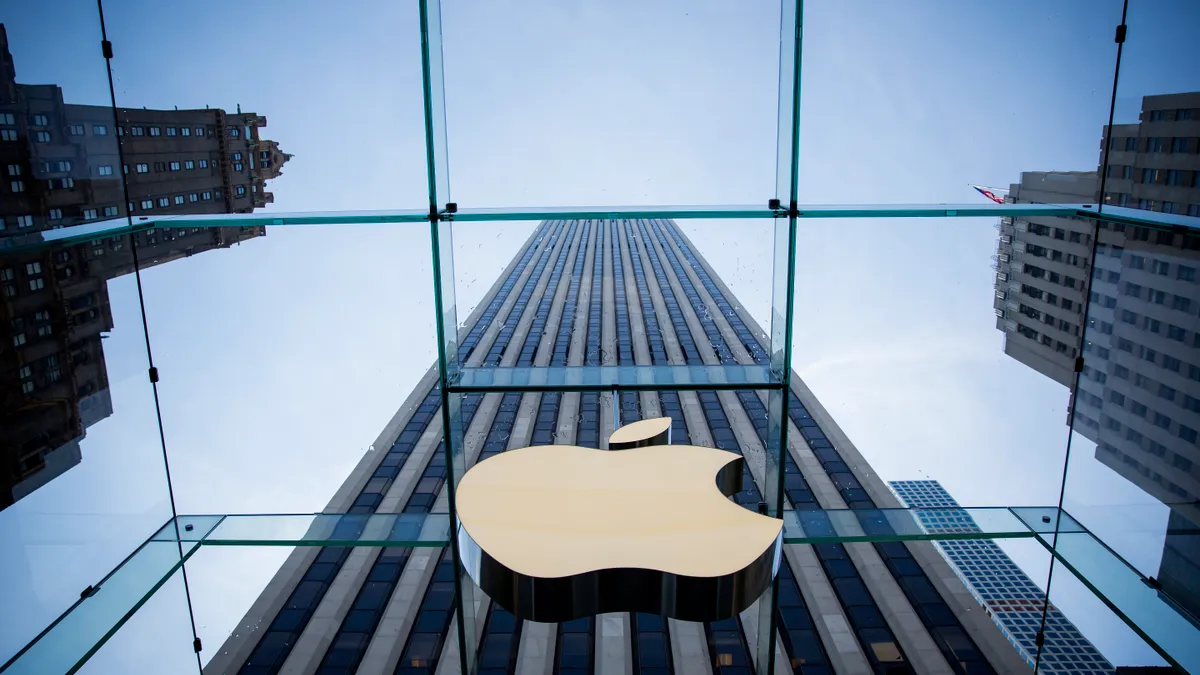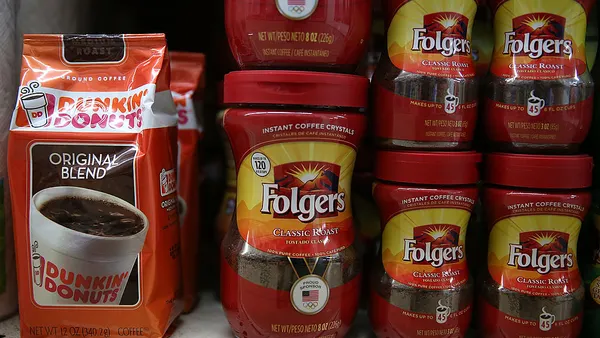Apple has caught up on production following last year’s disruptions to the electronic maker’s manufacturing base. CEO Tim Cook told analysts last week that supply for Apple’s iPhone “was not an issue” during Q2.
This comes after the company warned last November that COVID-19 restrictions in China would “significantly reduce capacity” and slow shipments of its iPhone 14.
Inventory for the new iPhone remained constrained in Q1 as production caught up and shipment times lagged, executives said in February.
However, by Q2 “production levels for the whole quarter were where we wanted them to be,” Cook said last week.
The Apple chief also noted that iPhone’s financial performance accelerated in Q2, indicating that the company recaptured some of the sales lost in the previous quarter due to inventory constraints.
While its short-term supply constraints ease, Apple also made some long-term moves to diversify its production geographically.
The Wall Street Journal reported in December that the company told suppliers to prepare to assemble more Apple products outside of China, including Vietnam and India. Last fall, a Reuters analysis of supply chain data found Apple’s sourcing from China had decreased by as much as 11 percentage points between 2019 and 2021.
The company has noted in securities filings that it relies on a “small number of outsourcing partners,” and that changes to its supply chain “supply chain require considerable time and resources and involve significant risks and uncertainties.”
On last week’s call, an analyst noted Apple’s “tight network” of suppliers in China and asked how the company might move more production elsewhere.
“Our supply chain is truly global and we're investing all over the world,” Cook said in response. “We're investing in the U.S. We're investing in a number of other countries as well.” He added that “we'll continue to look for ways to optimize the supply chain based on what we learn each and every day and week.”















